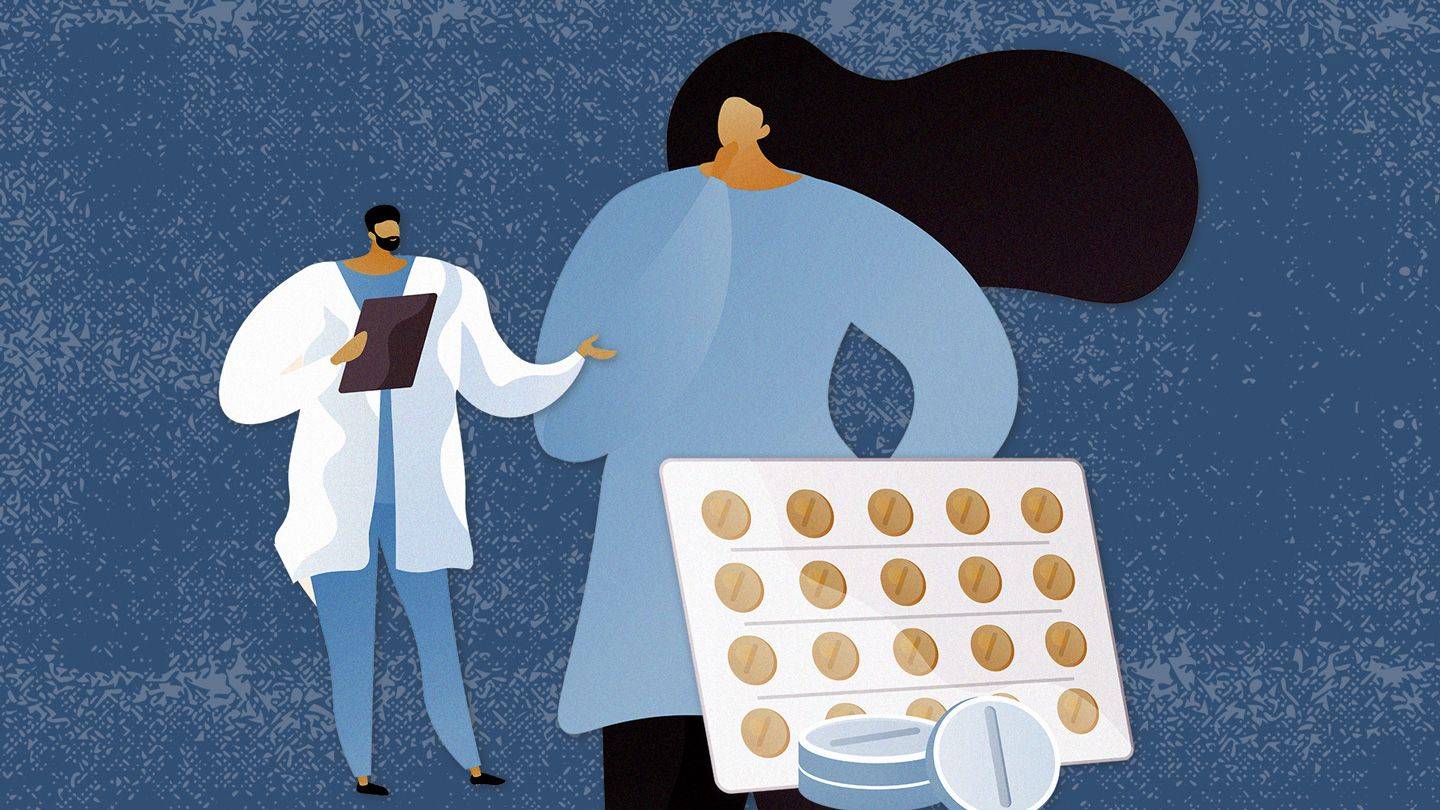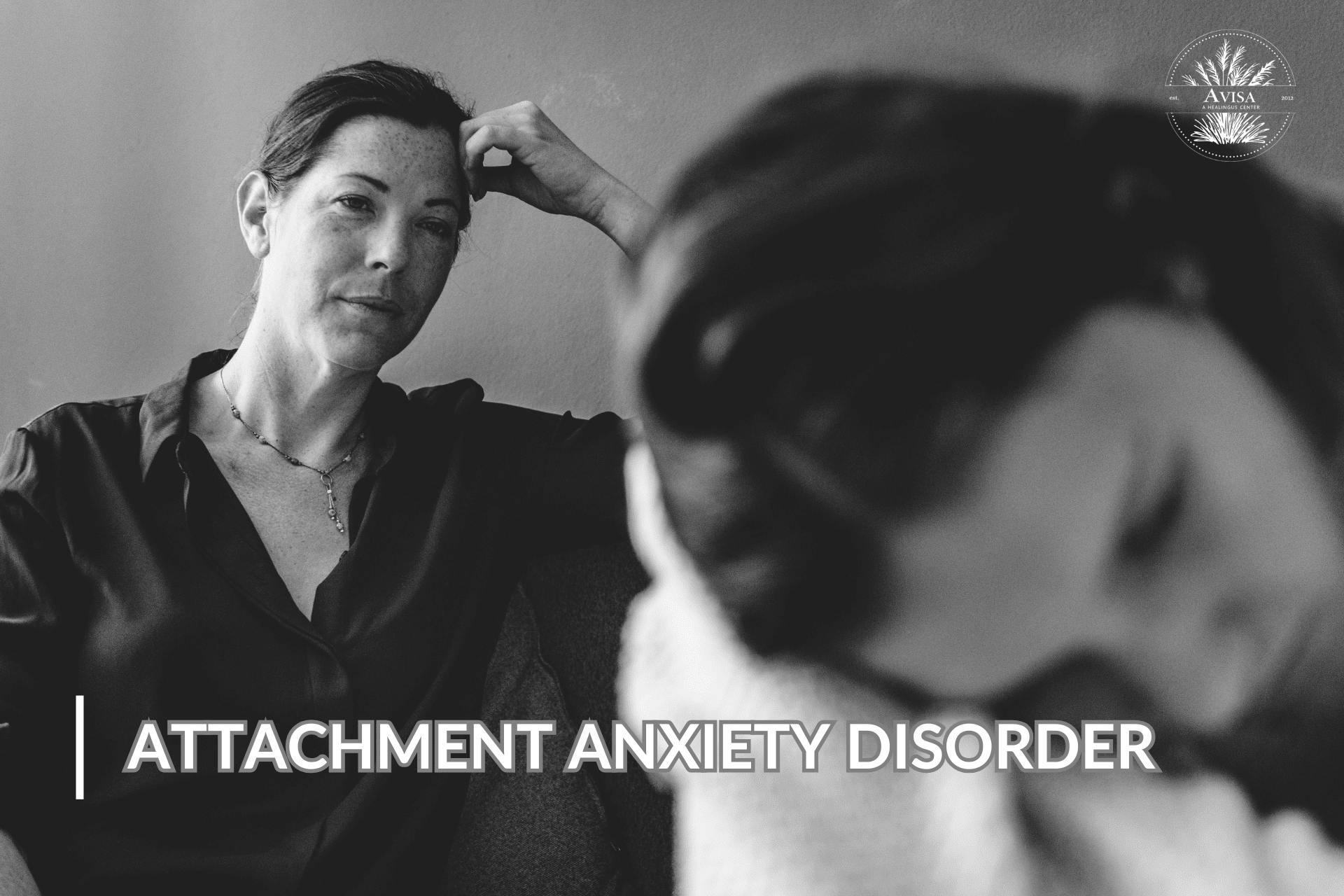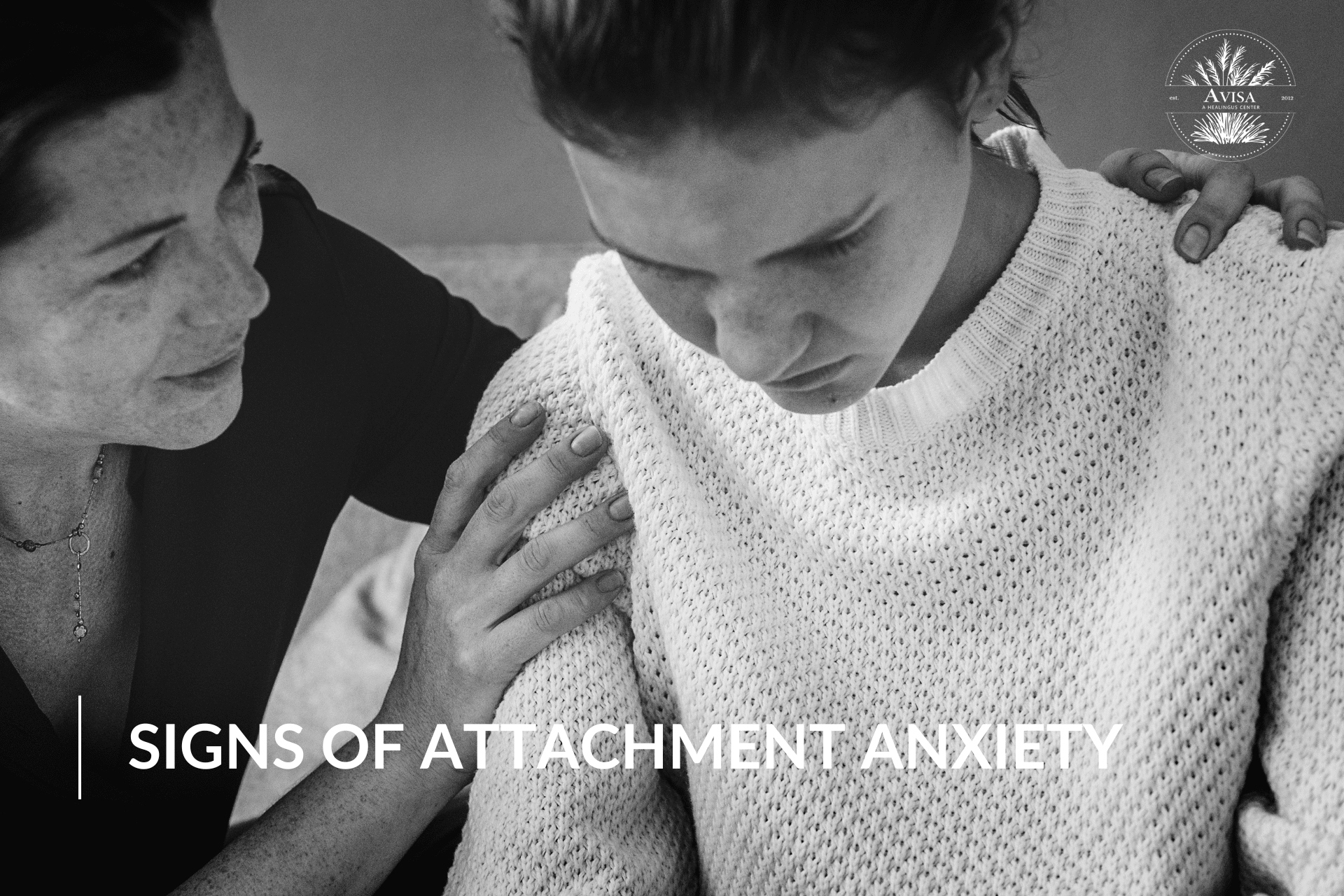Living with bipolar disorder involves navigating the highs of mania and the lows of depression, creating a complex landscape that requires thoughtful and comprehensive treatment guidelines. Managing these fluctuations is crucial, and that’s where bipolar disorder treatment guidelines come in. These evidence-based recommendations provide a roadmap for clinicians and individuals alike, outlining effective strategies for navigating the complexities of this condition.
In this comprehensive article, we will take you on a journey through the bipolar rollercoaster and equip you with the knowledge and tools you need to manage your condition effectively. We understand the importance of accurate information and trustworthy guidance when it comes to bipolar disorder. That’s why we have meticulously researched and compiled the most up-to-date treatment guidelines to provide you with a practical roadmap for your journey.
Join us as we delve into the complexities of bipolar disorder, unravel the mysteries of effective treatment guidelines, and discover the path toward living a fulfilling life despite the challenges. Let’s embark on this transformative journey together.
Understanding bipolar disorder
Understanding bipolar disorder can be complex, but it’s crucial for both individuals facing the condition and those who want to offer support. Here’s a breakdown of key aspects to grasp:
What is Bipolar Disorder?
- Mental illness is characterized by extreme mood swings between mania (elevated mood, energy, and activity) and depression (intense sadness, low energy, and loss of interest).
- Different types exist, including Bipolar I (severe episodes), Bipolar II (less severe episodes), and cyclothymia (chronic, milder mood fluctuations).
Signs and Symptoms:

Manic Episodes:
- Manic episodes are characterized by a heightened mood, increased energy, and impulsive behavior. Individuals may experience a decreased need for sleep, inflated self-esteem, and engage in activities with a high potential for negative consequences.
Depressive Episodes:
- Depressive episodes involve a persistent low mood, feelings of hopelessness, and a lack of interest or pleasure in activities. Fatigue, changes in appetite, and thoughts of self-harm or suicide can also be present during depressive episodes.
Bipolar Subtypes:
- Bipolar I Disorder involves manic episodes lasting at least seven days or requiring hospitalization. Bipolar II Disorder features hypomanic episodes and major depressive episodes.
- Cyclothymic Disorder is a milder form, featuring periods of hypomanic symptoms and depressive symptoms lasting for at least two years.
The role of medication in bipolar disorder treatment
Accurate diagnosis is fundamental to effective management. Mental health professionals use comprehensive assessments to distinguish bipolar disorder from other conditions with similar symptoms. A precise diagnosis enables tailored treatment approaches for each individual.
Medication plays a crucial role in managing bipolar disorder, acting as a cornerstone of treatment alongside therapy and lifestyle modifications. While it can’t “cure” the condition, it can effectively stabilize mood swings, prevent episodes, and significantly improve quality of life. Here’s a deeper dive into the role of medication in bipolar disorder treatment:
Types of Medication:
- Mood Stabilizers: These medications, like lithium, valproate, and carbamazepine, are considered the primary treatment for bipolar disorder. They work by regulating brain chemicals and preventing extreme mood swings.
- Antipsychotics: In some cases, particularly for episodes of mania or mixed states (both mania and depression), antipsychotics like olanzapine, risperidone, and aripiprazole may be used to quickly stabilize mood and reduce symptoms.
- Antidepressants: While primarily used for depression, antidepressants can be helpful in certain situations, like treating bipolar II depression or preventing future depression.
However, they must be used cautiously and often in combination with mood stabilizers, as they can trigger mania in some individuals.
How Medication Works:
Bipolar disorder is linked to imbalances in brain chemicals, particularly neurotransmitters like dopamine and serotonin. Medication works by:
- Stabilizing: Regulating these brain chemicals and preventing the extreme fluctuations that lead to mania and depression.
- Preventing: By stabilizing mood, medication can also help prevent future episodes from occurring.
- Reducing symptoms: Medication can alleviate specific symptoms like racing thoughts, insomnia, or feelings of hopelessness.
Finding the Right Medication:
Treatment for bipolar disorder varies from person to person and isn’t a one-size-fits-all solution. It hinges on factors such as the particular diagnosis, symptom severity, and past medication experiences. Collaboration with a psychiatrist or mental health expert is essential for tailoring the most suitable and tolerable medication plan.
It’s important to recognize that medication is only part of the equation in bipolar disorder management. Coupled with therapy and lifestyle adjustments, it can equip individuals with the tools to better navigate their path with increased assurance and optimism.
Importance of effective treatment guidelines
Effective treatment guidelines play a crucial role in the healthcare system, ensuring that patients receive optimal care and that healthcare providers follow evidence-based practices. Here are several reasons highlighting the importance of effective treatment guidelines:
Standardisation of Care:
- Treatment guidelines establish standardized protocols for the management of specific conditions, promoting consistency in care across healthcare settings.
- Standardization helps reduce variations in treatment approaches, ensuring that patients receive a consistent level of care regardless of the healthcare provider or facility.
Evidence-Based Practice:
- Effective treatment guidelines are based on the latest scientific research and clinical evidence. They reflect the most up-to-date knowledge about the efficacy and safety of various treatment options.
- Healthcare providers can rely on evidence-based guidelines to make informed decisions about patient care, leading to better outcomes.
Improved Patient Outcomes:
- Guidelines contribute to improved patient outcomes by guiding healthcare providers toward interventions and treatments that are known to be effective.
- Following evidence-based guidelines can lead to better disease management, reduced complications, and enhanced overall health for patients.
Efficient Resource Allocation:
- Treatment guidelines help healthcare systems allocate resources efficiently by recommending cost-effective interventions and strategies.
- Efficient resource utilization ensures that limited healthcare resources are directed toward interventions that provide the greatest benefit to patients.
Quality Assurance:
- Guidelines serve as a tool for quality assurance in healthcare. They provide a benchmark against which the quality of care can be measured.
- Monitoring adherence to treatment guidelines allows healthcare organizations to assess and improve the quality of care provided.
Facilitation of Communication:
- Treatment guidelines facilitate communication and collaboration among healthcare professionals. Standardized practices enable better coordination of care, especially in multidisciplinary settings.
- Clear guidelines enhance communication between healthcare providers and patients, fostering shared decision-making.
Education and Training:
- Treatment guidelines are valuable educational tools for healthcare professionals. They provide a framework for training programs, helping healthcare providers stay current with best practices in their field.
- Guidelines contribute to the ongoing professional development of healthcare practitioners.
Legal and Ethical Considerations:
- Following established treatment guidelines can have legal and ethical implications. Adhering to evidence-based practices helps healthcare providers meet professional standards and legal requirements.
- Guidelines provide a basis for informed consent, allowing patients to be aware of and understand recommended treatments.
Bipolar Disorder Facts
Bipolar disorder, formerly known as manic-depressive illness, is a mental health condition characterized by extreme mood swings or episodes of mania and depression. Here are some key facts about bipolar disorder:
- Two Main Phases: Bipolar disorder is typically categorized into two main phases: manic episodes and depressive episodes. During a manic episode, individuals may experience elevated mood, increased energy, and impulsive behavior. Depressive episodes involve feelings of sadness, hopelessness, and a lack of interest or pleasure in activities.
- Types of Bipolar Disorder: There are several types of bipolar disorder, including Bipolar I, Bipolar II, Cyclothymic Disorder, and other specified and unspecified bipolar and related disorders. Bipolar I is when a person has manic episodes, and Bipolar II is when they experience both depressive and hypomanic episodes.
- Prevalence: Bipolar disorder affects a significant number of people worldwide. It usually begins in late adolescence or early adulthood, but it can occur at any age.
- Causes: The exact cause of bipolar disorder is not fully understood, but it is believed to be influenced by a combination of genetic, biological, and environmental factors. Stressful life events, certain medications, and substance abuse can also trigger episodes.
- Genetic Factors: There is a strong genetic component to bipolar disorder. If a close relative, such as a parent or sibling, has the disorder, the risk of developing it is higher.
- Treatment: Bipolar disorder is a chronic condition, but it can be effectively managed with a combination of medication, psychotherapy, and lifestyle changes. Mood stabilizers, antipsychotic medications, and antidepressants are commonly prescribed.
- Therapy Options: Psychotherapy, such as cognitive-behavioral therapy (CBT) and interpersonal and social rhythm therapy (IPSRT), can help individuals manage their symptoms, identify triggers, and develop coping strategies.
- Lifestyle Management: Adopting a healthy lifestyle is crucial in managing bipolar disorder. This includes regular exercise, sufficient sleep, stress management, and avoiding drugs and alcohol.
It’s important to note that bipolar disorder varies widely among individuals, and each person may experience unique symptoms and challenges. If you or someone you know is struggling with symptoms of bipolar disorder, it is crucial to seek professional help for an accurate diagnosis and appropriate treatment.
The Bottom Line
Exploring Bipolar Disorder Treatment Guidelines offers a comprehensive overview of evidence-based practices crucial for managing this intricate condition. These guidelines act as vital maps for healthcare providers, ensuring standardized and effective care. Understanding the facts surrounding bipolar disorder, including its phases and genetic components, underscores the necessity for tailored interventions. Adhering to these guidelines not only enhances patient outcomes but also influences resource allocation, quality assurance, and professional education. As we confront the challenges posed by bipolar disorder, these guidelines, grounded in the latest research, offer a dependable and informed approach to supporting the well-being of those impacted by this condition.
Now, the question at hand is: From your perspective, what are the most urgent needs or promising opportunities in the realm of bipolar disorder treatment guidelines? Are there specific gaps in current guidelines, innovative approaches showing potential, or personal anecdotes highlighting the significance of individualized care?











